When it comes to landscaping, decorative rock can be a game changer. Whether you’re looking to enhance flower beds, create pathways, or simply want to add a touch of elegance to your outdoor space, Menards decorative rock offers a wide variety of options that can suit any taste and need. In this article, we will explore everything you need to know about decorative rocks from Menards, including types, benefits, installation tips, and much more.
Table of Contents
- Types of Decorative Rock
- Benefits of Using Decorative Rock
- How to Install Decorative Rock
- Menards Decorative Rock Comparison
- Pros and Cons of Decorative Rock
- Frequently Asked Questions
Types of Decorative Rock
Menards offers a plethora of options when it comes to decorative rock. Here are some of the most popular types:
1. River Rock
River rocks are smooth, rounded stones that vary in color, usually found in waterways. They are perfect for creating a natural look in your garden.
2. Lava Rock
Lava rocks are lightweight and have a porous texture. They come in red and black hues and are commonly used around plants to retain moisture.
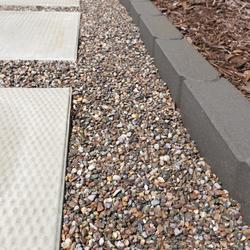
3. Crushed Stone
Crushed stone comes in various sizes and colors. It’s ideal for pathways and driveways, providing durability and a clean look.
4. Granite Chips
Granite chips provide a sleek and modern touch to your landscaping. They are often used for flower beds and in landscaping design due to their longevity and variety of colors.
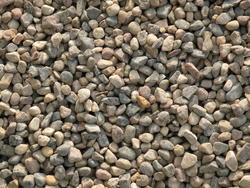
5. Marble Chips
For a more upscale look, marble chips are perfect. They are commonly used in decorative gardens, pathways, and even around pools.
Benefits of Using Decorative Rock
There are numerous benefits to using decorative rock in your landscaping projects:
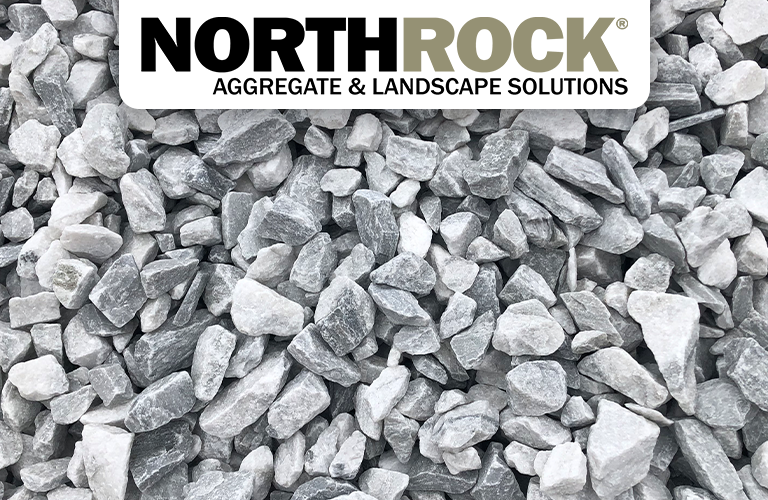
- Low Maintenance: Unlike traditional mulch, decorative rock doesn’t break down and decompose, reducing the frequency of replacement.
- Weed Control: A layer of decorative rock can prevent weeds from growing, saving you time on garden upkeep.
- Moisture Retention: Rocks can help retain moisture in the soil, ensuring your plants stay hydrated.
- Aesthetic Appeal: Decorative rocks come in various colors and sizes, allowing you to create a customizable look for your landscape.
How to Install Decorative Rock
Installing decorative rock can be a rewarding DIY project. Here’s a step-by-step guide:
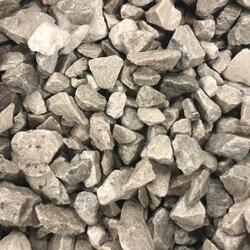
1. Planning Your Layout
Before you start, sketch out your landscaping design. Consider where you want the rocks to go and how deep you want the layer to be.
2. Preparing the Area
Clear the area of any existing plants, debris, and grass. If you’re adding rock around existing plants, use a spade to create a border around them.
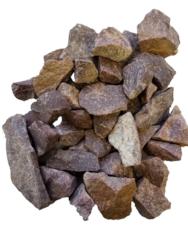
3. Installing Landscape Fabric
To prevent weeds, lay down landscape fabric over the soil. Cut holes for any existing plants.
4. Adding Decorative Rock
Pour your decorative rock onto the fabric. Use a rake to spread it evenly. Aim for a depth of about 2-3 inches for effective weed control and moisture retention.
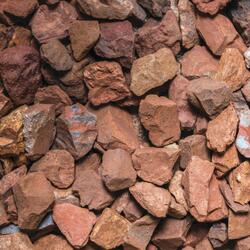
5. Finishing Touches
Once the rock is evenly distributed, step back and admire your work. Make any adjustments as necessary!
Menards Decorative Rock Comparison
To help you make an informed decision, here’s a quick comparison table of some popular decorative rocks available at Menards:
| Type of Rock | Color Options | Average Price per Ton | Best Use | Durability |
|---|---|---|---|---|
| River Rock | Brown, Grey, Tan | $80 | Pathways, Gardens | High |
| Lava Rock | Red, Black | $70 | Flower Beds | Medium |
| Crushed Stone | Grey, White | $50 | Driveways, Pathways | High |
| Granite Chips | Pink, Grey | $85 | Flower Beds | Very High |
| Marble Chips | White, Beige | $100 | Decorative Features | High |
Pros and Cons of Decorative Rock
Pros
- Long-lasting and durable
- Low maintenance requirements
- Eco-friendly option that avoids the use of chemicals
- Improves drainage
Cons
- Initial cost can be higher than mulch
- Can become hot under direct sunlight, potentially harming plants
- May be difficult to walk on without proper footwear
Frequently Asked Questions
What is the best decorative rock for landscaping?
The best decorative rock depends on your specific needs and design. For pathways, crushed stone is ideal, while river rock is excellent for gardens.
How much decorative rock do I need?
To calculate how much you need, measure the area in square feet, and multiply by the desired depth in inches. Then convert that to cubic yards.
Can I use decorative rock in my vegetable garden?
While decorative rocks can be aesthetically pleasing, they may not be the best for vegetable gardens as they can retain heat and may not provide the best moisture levels for certain plants.
How do I prevent weeds from growing through decorative rock?
Using landscape fabric under your decorative rock can significantly reduce weed growth. Regular maintenance is also essential.
Is decorative rock more expensive than mulch?
Initially, decorative rock can be more expensive than mulch, but it tends to last longer, which may make it more cost-effective in the long run.
Conclusion
Incorporating Menards decorative rock into your landscaping is a delightful way to enhance beauty and functionality in your outdoor space. With its myriad options, durability, and low maintenance, decorative rock can transform an ordinary yard into an extraordinary oasis. Whether you’re a seasoned DIY enthusiast or a novice gardener, the process of selecting and installing decorative rock can be fun and rewarding. So, get started on your landscape project today and enjoy the long-lasting benefits of decorative rock!